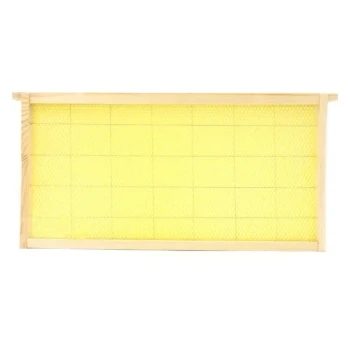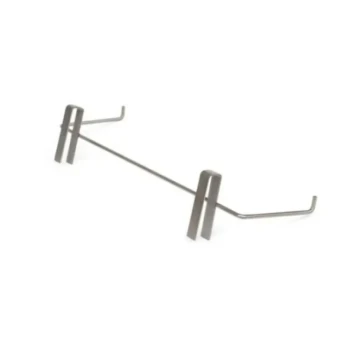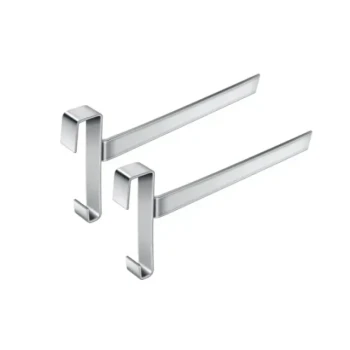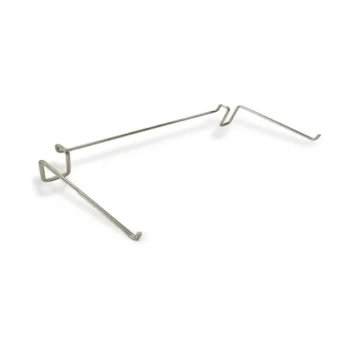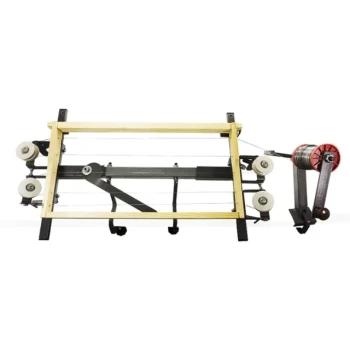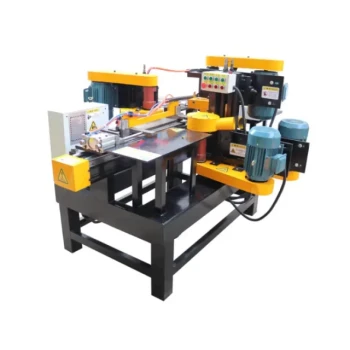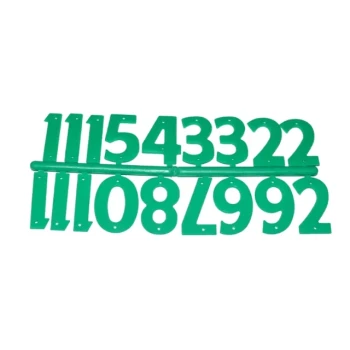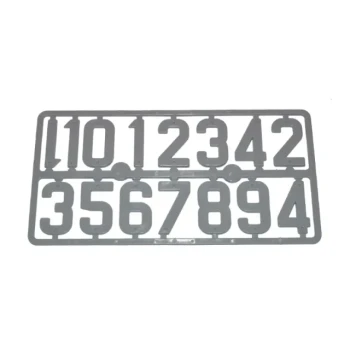In beekeeping, a "frame" isn't a single concept. Frames are best understood by their size, their material, and their specialized function. The primary types are defined by their height—Deep, Medium, and Shallow—which must match the hive boxes you use. Beyond size, you will choose between wood or plastic construction and may use specialty frames for tasks like mite control or raising new queens.
The most critical decision a beekeeper makes is not which type of frame to use, but how to create a consistent system. Your choice of frame size dictates the hive boxes you use and impacts everything from hive weight to seasonal management.
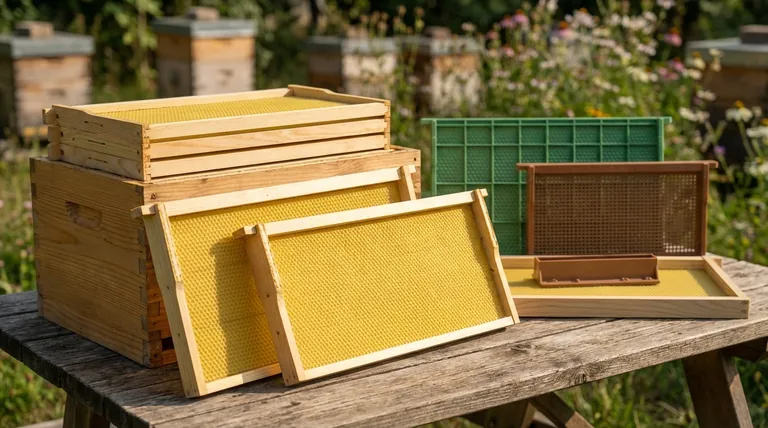
Understanding the Primary Factor: Frame Size
The size of your frame must correspond to the size of your hive box, or "super." This is the most fundamental choice you will make, as mixing sizes within a single hive is generally impractical. All frames, regardless of height, are sized to fit either a standard 10-frame or 8-frame width hive box.
Deep Frames
Deep frames (9 ⅛ inches high) are the largest and heaviest. They are most commonly used in the bottom-most boxes of the hive, known as the brood chamber, where the queen lays her eggs and the colony raises its young.
Their large surface area provides the queen with an expansive, uninterrupted space to lay, which is believed to promote a strong, cohesive brood nest.
Medium Frames
Medium frames (6 ¼ inches high) are the versatile "all-rounders" of the hive. Many beekeepers use them for both brood rearing and for honey storage in the upper boxes (honey supers).
Using a single, medium-sized frame throughout the entire hive is a popular strategy. It simplifies equipment needs and means every frame is interchangeable. A full medium super is also significantly lighter than a full deep one.
Shallow Frames
Shallow frames (5 ⅜ inches high) are the smallest and lightest. They are used almost exclusively for honey supers.
Because they hold less honey, they are the easiest to lift when full. However, many beekeepers opt for the simplicity of using only medium frames for honey to avoid having a third equipment size to manage.
The Next Decision: Frame Material and Foundation
Once you've settled on a size system, you must choose your frame's construction. This choice involves a trade-off between tradition, durability, and bee acceptance.
Traditional Wood Frames with Foundation
These are the classic option, consisting of four pieces of wood that you assemble yourself. You must then install a foundation—a sheet of either beeswax or plastic—into the frame, which provides the bees a guide for building their comb.
This option gives you the flexibility to choose your preferred foundation material. Wood is also a natural material that is easily accepted by bees.
Integrated Plastic Frames
These are single, injection-molded units that include the frame and foundation in one piece. They are ready to use right out of the box, requiring no assembly.
Plastic frames are exceptionally durable, resistant to wax moth damage, and can be cleaned and reused for many years. This makes them a popular choice for larger, commercial-scale operations where efficiency is key.
Foundation Face-Off: Wax vs. Plastic
If you choose wood frames, you must select a foundation. Beeswax foundation is the most natural and is eagerly accepted by bees, encouraging them to quickly "draw out" the comb. However, it can be fragile.
Plastic foundation, often coated with a thin layer of wax, offers much greater durability and is less likely to sag or break during honey extraction. Some beekeepers feel their bees are slightly slower to build on plastic compared to pure wax.
Specialty Frames for Specific Tasks
Beyond standard frames for brood and honey, several specialized frames exist to help you manage the health and propagation of your colony.
Drone Frames for Mite Management
These are frames, often with a unique green color, that use foundation with larger cell patterns to encourage the queen to lay drone (male bee) eggs. Varroa mites, the primary pest of honey bees, have a strong preference for reproducing in drone brood.
By placing this frame in the hive, you create a "trap." Once the drone cells are capped, you can remove the frame and freeze it, killing the mites sealed inside and reducing the overall mite load in the colony.
Queen Rearing Frames
These specialized frames are designed to hold multiple "queen cups." Beekeepers use them to raise numerous new queens simultaneously from a single, high-quality colony. This is an advanced technique used for expanding an apiary or selling queens.
Frame Feeders
A frame feeder is essentially a plastic tank shaped like a frame. It takes the place of one or two frames inside the hive box and allows you to feed your bees sugar syrup without opening the hive completely. This is less disruptive and reduces the risk of attracting robber bees from other colonies.
Understanding the Trade-offs
Every equipment choice in beekeeping involves compromises. Objectively weighing them is key to avoiding future frustration.
Size and Weight: The Deep vs. Medium Debate
A full deep super of honey can weigh 80-90 pounds, which is a significant challenge for many people to lift. For this reason, many beekeepers abandon deep frames entirely and use medium frames for both brood and honey. This a major consideration for long-term sustainability and physical accessibility.
Material Durability vs. Bee Preference
Plastic frames are nearly indestructible and efficient for large operations. However, some traditionalists argue bees work pure wax foundation more enthusiastically. The durability of plastic comes at the potential cost of slightly slower comb construction.
The Cost of Convenience
Integrated plastic frames are convenient upfront but represent a single unit. Wooden frames require assembly, but if one part breaks, you can repair it. This makes wood frames potentially more sustainable and cost-effective over the very long term if you are willing to perform maintenance.
Making the Right Choice for Your Goal
Your frame selection should be a conscious decision based on your personal beekeeping philosophy and goals.
- If your primary focus is simplicity and minimizing heavy lifting: Standardize your entire operation on medium-sized frames and boxes for full interchangeability.
- If your primary focus is traditional beekeeping: Use wood frames with pure beeswax foundation to provide the most natural environment possible.
- If your primary focus is efficiency and durability: Choose integrated plastic frames to save time on assembly and maximize equipment lifespan.
- If your primary focus is proactive pest management: Incorporate drone frames into your brood chamber as part of your annual Varroa mite control strategy.
Understanding these frame types empowers you to build a hive that perfectly aligns with your beekeeping philosophy and physical capabilities.
Summary Table:
| Frame Type | Primary Use | Key Features |
|---|---|---|
| Deep Frames | Brood Chamber | Largest size (9 ⅛" high), ideal for queen laying, promotes strong brood nest |
| Medium Frames | Brood & Honey Supers | Versatile (6 ¼" high), interchangeable, lighter than deep frames |
| Shallow Frames | Honey Supers | Lightest (5 ⅜" high), easy to lift when full, best for honey storage |
| Wood Frames | Traditional Beekeeping | Natural material, requires assembly, accepts wax or plastic foundation |
| Plastic Frames | Commercial Operations | Durable, pre-assembled, reusable, ideal for efficiency and scale |
| Drone Frames | Varroa Mite Control | Green-colored, traps mites in drone brood for removal |
| Queen Rearing Frames | Queen Production | Holds multiple queen cups for advanced propagation |
| Frame Feeders | In-Hive Feeding | Plastic tank replaces frames, reduces robbing during feeding |
Optimize your beekeeping operation with the right frame system. HONESTBEE supplies durable, high-performance beekeeping frames and equipment to commercial apiaries and distributors through wholesale-focused operations. Whether you need efficient plastic frames for large-scale use or traditional wood frames for natural beekeeping, we provide reliable solutions to enhance your hive management and productivity. Contact us today to discuss your specific needs and streamline your beekeeping success!
Visual Guide
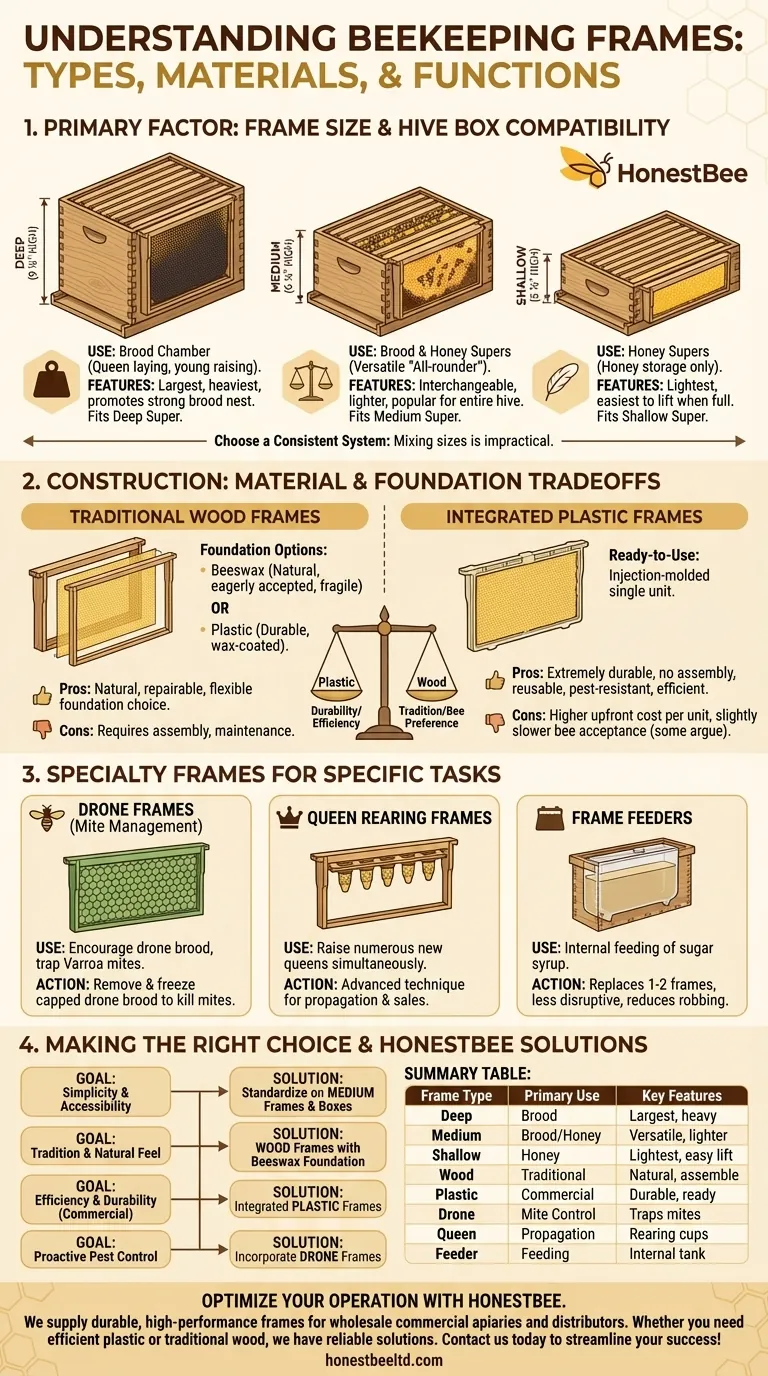
Related Products
- Assembled Wooden Bee Frames with Beeswax Foundation Ready to Use by HONESTBEE
- Assembled Wooden Bee Frames with Plastic Foundation for Durability and Convenience by HONESTBEE
- Heavy-Duty Stainless Steel Clip-On Frame Perch
- Heavy-Duty T-Style Frame Perch
- Heavy-Duty Stainless Steel Frame Perch
People Also Ask
- What are some tips for setting up hive frames? Build a Strong Foundation for Your Hive
- Can old bee frames be reused? Weighing the Risks vs. Rewards for Your Hive
- When should I throw away my bee frame? A Guide to Hive Health & Frame Rotation
- Can I reuse old frames? A practical guide to saving money and reducing waste
- What are the advantages of using wooden beehive frames? Natural, Sustainable, and Bee-Friendly
